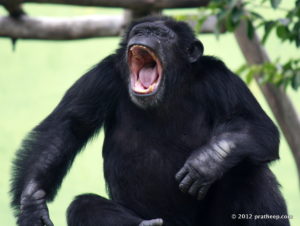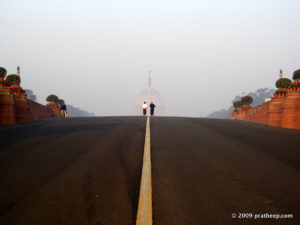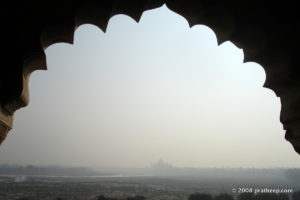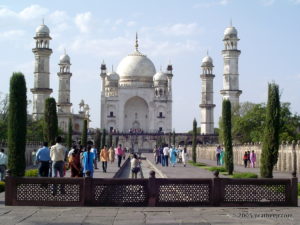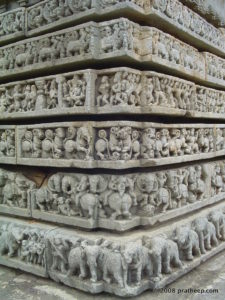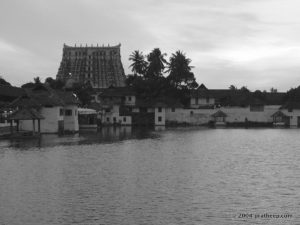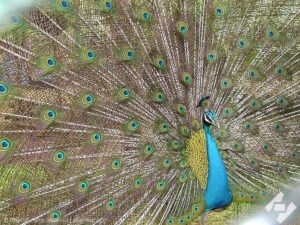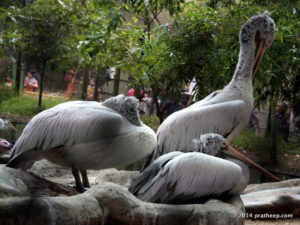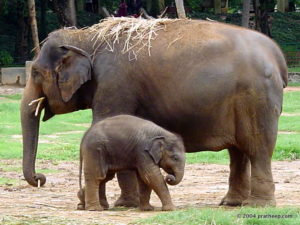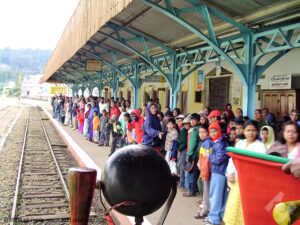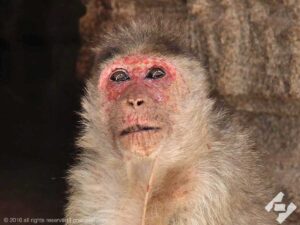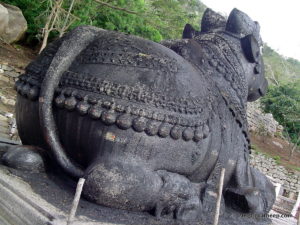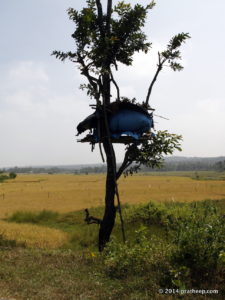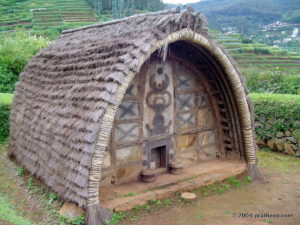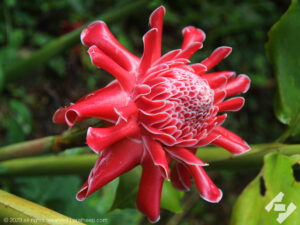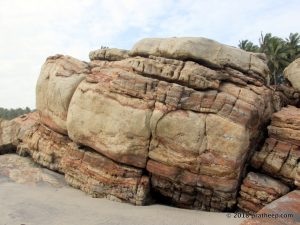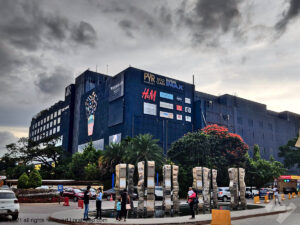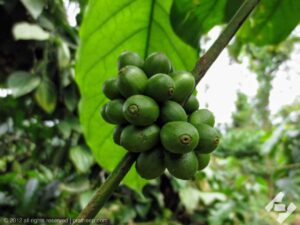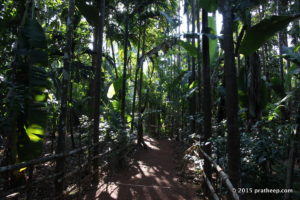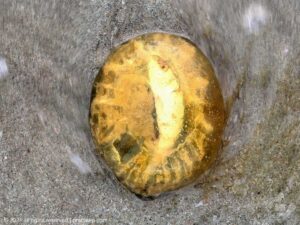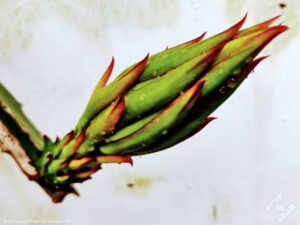Basaralu
Basaralu is a hidden gem for those searching for more of Hoysala architecture.
At Basaralu, a small village in Mandya district near Mysore, is home to the Mallikarjuna temple built in CE 1234 ( I hope this year included in the school history text book. Easy answer for that 1-mark question!)
I reached Basaluru village in the mid noon, on a scorching summer of 2008. Wrong time of the day to photograph the intriguingly carved exterior of ornate Hoysala temple.
BTW, I owned a Sony Cyber-shot DSC-P52, handy, rugged but with no significant means to manage the Depth of focus compared to the SLRs
The images are grainy,over burn and deeply shadowed, sometimes. Nevertheless here is a few I shot during that visit...
Access : Basaralu is about 26km north of Mandya town (on the Bangalore - Mysore highway). Another route to access Basaralu is via Nagamangala. Take the exit to Nagamangala, on the NH48 (Bangalore-Mangalore highway).

6 layer base of the outer-wall.
| 6 layer base of the outer-wall.
Hoysala architecture follows a 6 layer pattern for the lower part of the outer wall. The bottom most is always a series of elephants ( all unique) . Above that is a series of horses. Further up a series of lions, derived from the Hoysala emblem. Third from top is a story board, mostly depicting classic events from the Ramayana or Mahabharata episodes. Second from the top, above the 'story board' band is a series of posters of the mythical creature (yali - with features of 6 animals). Topmost is a band of peacock imagery.

6 layer base of the outer-wall.
| 6 layer base of the outer-wall.
Hoysala architecture follows a 6 layer pattern for the lower part of the outer wall. The bottom most is always a series of elephants ( all unique) . Above that is a series of horses. Further up a series of lions, derived from the Hoysala emblem. Third from top is a story board, mostly depicting classic events from the Ramayana or Mahabharata episodes. Second from the top, above the 'story board' band is a series of posters of the mythical creature (yali - with features of 6 animals). Topmost is a band of peacock imagery.
GALLERY
6 layer base of the outer-wall.

6 layer base of the outer-wall.
Hoysala architecture follows a 6 layer pattern for the lower part of the outer wall. The bottom most is always a series of elephants ( all unique) . Above that is a series of horses. Further up a series of lions, derived from the Hoysala emblem. Third from top is a story board, mostly depicting classic events from the Ramayana or Mahabharata episodes. Second from the top, above the 'story board' band is a series of posters of the mythical creature (yali - with features of 6 animals). Topmost is a band of peacock imagery.
6 layer base of the outer-wall.

6 layer base of the outer-wall.
Hoysala architecture follows a 6 layer pattern for the lower part of the outer wall. The bottom most is always a series of elephants ( all unique) . Above that is a series of horses. Further up a series of lions, derived from the Hoysala emblem. Third from top is a story board, mostly depicting classic events from the Ramayana or Mahabharata episodes. Second from the top, above the 'story board' band is a series of posters of the mythical creature (yali - with features of 6 animals). Topmost is a band of peacock imagery.



